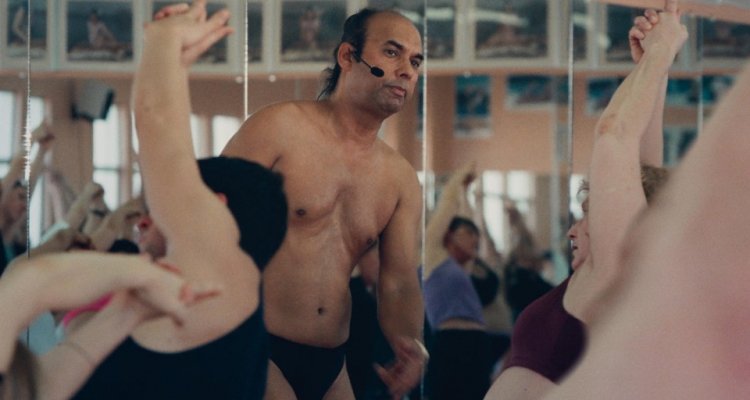Even if you’re not an avid practitioner of yoga, you’ve probably heard the name Bikram. The yogi rose to fame decades ago and is widely believed to be one of the biggest teachers of yoga in the entire world. However, as seen in the new film “Bikram: Yogi, Guru, Predator,” there’s a dark side that hasn’t been fully revealed until now.
The trailer for ‘Bikram’ shows that the yogi is being accused by multiple people as a sexual predator that used his position of power and influence to “brainwash” people into having sexual relationships with him. The documentary sheds light on how Bikram went from being a new arrival in America in the 1970s to being the biggest name in yoga and then becoming the predator that people accuse him of today.
READ MORE: Netflix Signs A Deal With TIFF To Invest In Local Filmmakers & Diverse Voices
The new Netflix documentary recently premiered at the Toronto International Film Festival, where it received some great reviews. ‘Bikram’ is directed by Eva Orner, who previously worked on docs such as “The Network,” “Chasing Asylum,” and “Out of Iraq.” She also won an Oscar for being a producer on the doc “Taxi to the Dark Side.”
“Bikram: Yogi, Guru, Predator” arrives on Netflix on November 20.
Here’s the synopsis:
BIKRAM: YOGI, GURU, PREDATOR examines the dramatic rise and fall of the controversial founder of hot yoga, Bikram Choudhury. Arriving in Beverly Hills from Calcutta, India in the early 1970s, Choudhury quickly cultivated a celebrity following and built a global fitness empire that furnished him with extreme wealth. But by the 2010s, as numerous sexual abuse allegations emerged and stories of his aggressive, cult-like training environment surfaced, the lawsuits started to mount and Choudhury’s unorthodox teaching style became front-page news. Directed by Academy Award® winner Eva Orner (Taxi to the Dark Side, Chasing Asylum) and produced by Sarah Anthony (The Price of Free, The Defiant Ones), BIKRAM: YOGI, GURU, PREDATOR, a Netflix original documentary, shines a light on the stories of the women who took him down and explores the contradiction of how this healing discipline could simultaneously help and hurt so many.

